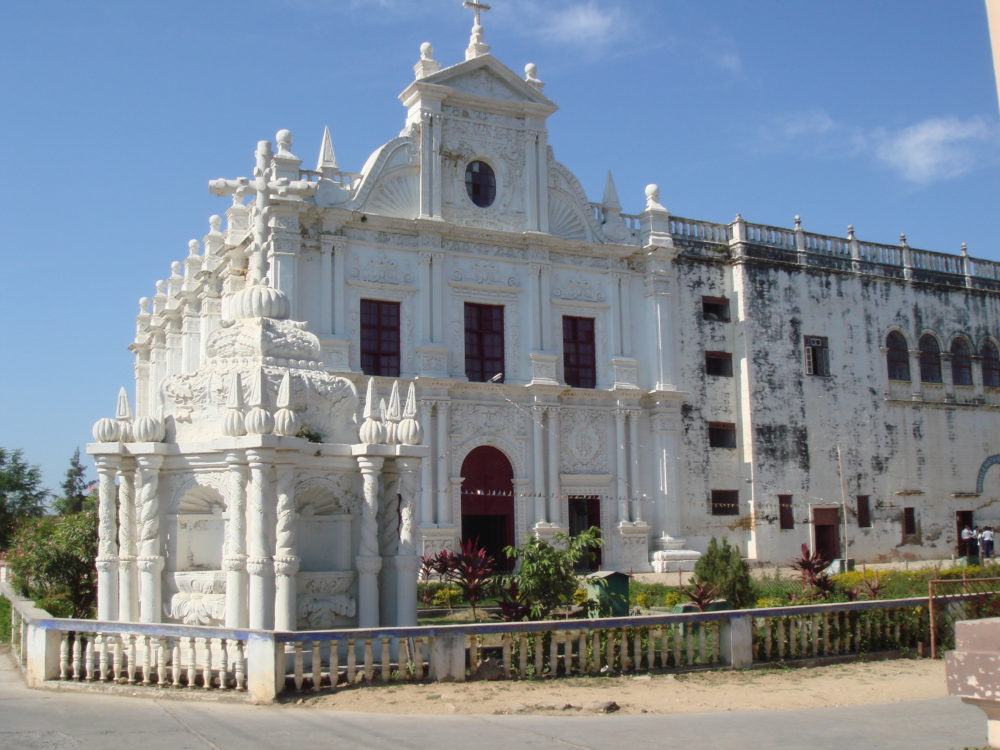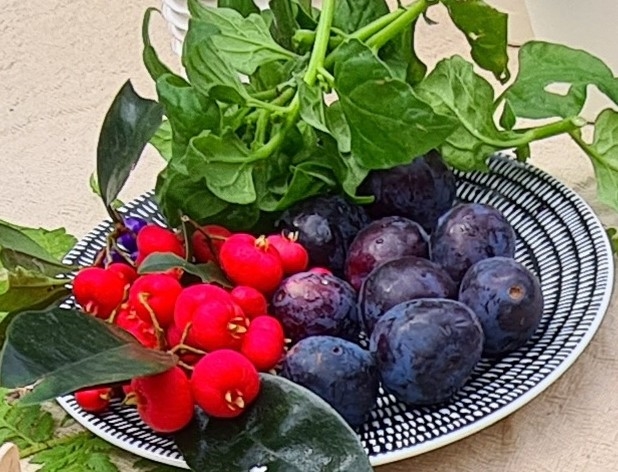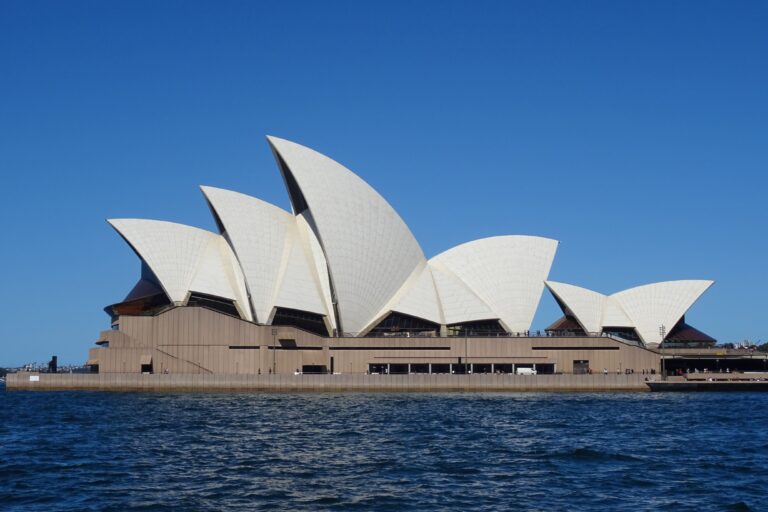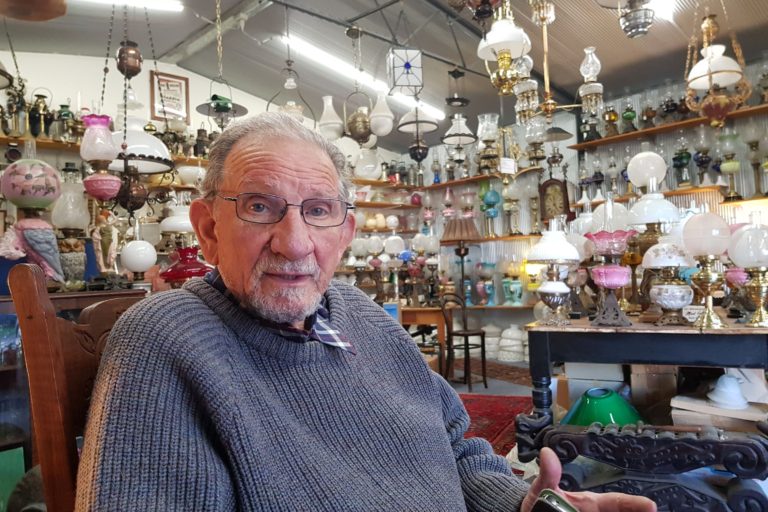By Neena Bhandari
Diu (India), 22.03.2008 (The Australian): Characterised by its blink-and-miss inconspicuousness, little Diu is just a dot off the west coast of India. The island’s quaint blend of Gujarati culture and Portuguese legacy has long fascinated me, so there is good reason to break our journey in Mumbai and hop on a plane to explore this time-warp ingredient in the cultural melting pot of India.
After a 40-minute flight northwest over the Arabian Sea, we arrive at Diu airport, a small airstrip surrounded by sea and palm trees. With the propellers lazily spinning to a halt, we take a quick picture, only to be ushered aside by security staff. We are told photography at Indian airports is strictly prohibited. Sadly, we have to delete our prized first picture.
The light sea breeze feels refreshing after the muggy Mumbai air. A short walk and we are greeted by our Gujarati driver, Mohabbat Singh. Our travel agent has booked us a small Tata Indica and fitting the bags in the restrictive boot is a challenge but, as they say in India, everything is possible. Mohabbat quickly pulls out a rope and ties our suitcases on to the roof-rack.
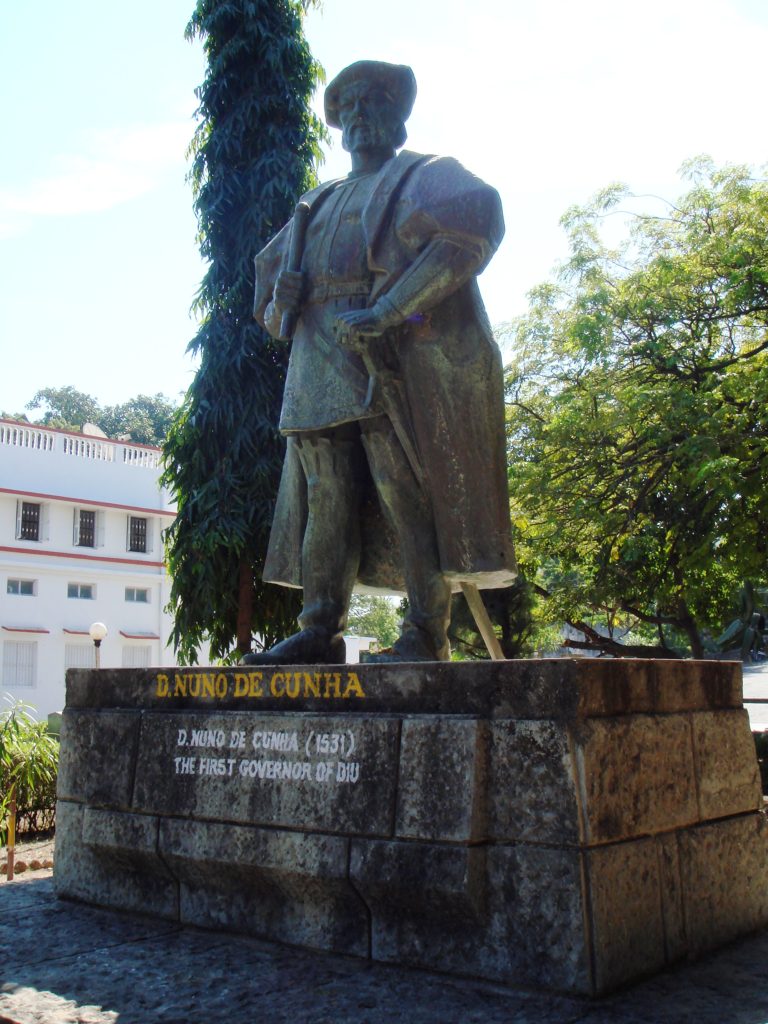
The quiet is sublime: there are few places in this country of more than one billion people that offer such tranquillity. As we drive south along the coast of this small island — 13km long and 4.5km wide — to Radhika Beach Resort, we pass a few tourists on bicycles and mopeds, but what catches our attention are groves of branching palms, popularly called hoka trees, found nowhere else in India.
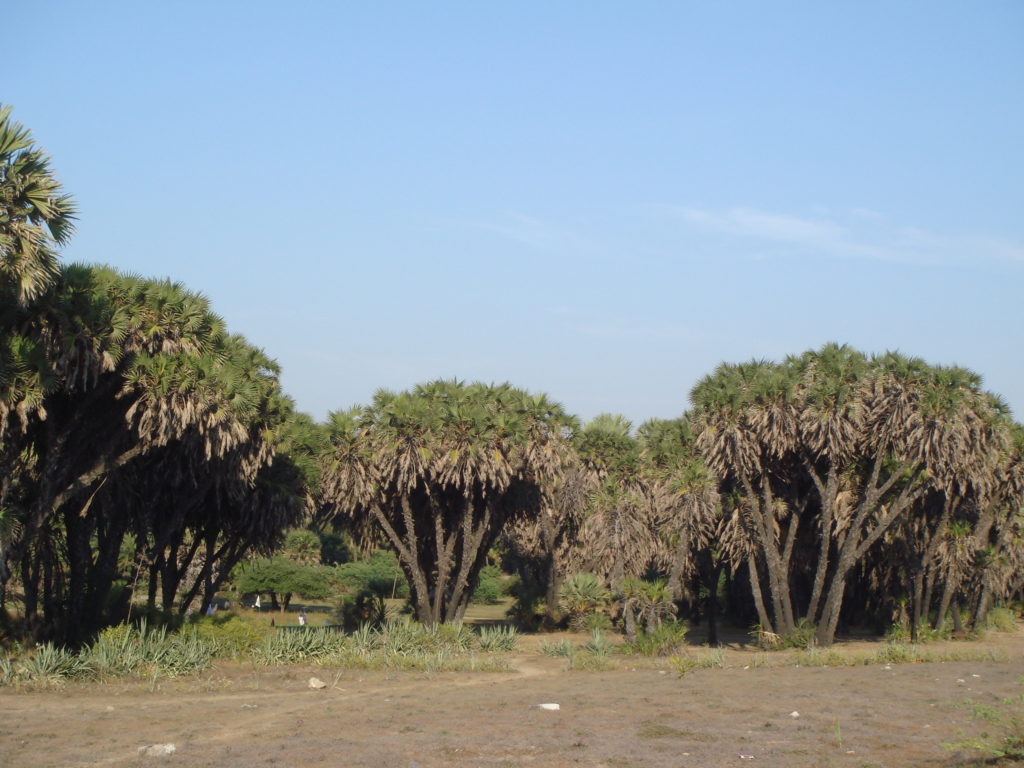
Birds are plentiful, too, merrily flitting between the trees and power lines: from egrets, storks, herons and darters to mynas, lapwings, parakeets and the beautiful kingfisher, a collage of colours glowing in the winter sun.
The Radhika, blending in perfectly with the coastal ambience, is a stone’s throw from the beach and offers modern amenities, including a pool and health club. Friendly staff check us into one of the 42 cosy rooms, divided into blocks of four, each with a view of either the landscaped garden and pool or the sea. The restaurant serves an elaborate range of Indian, Chinese and continental food, with seafood specialties.
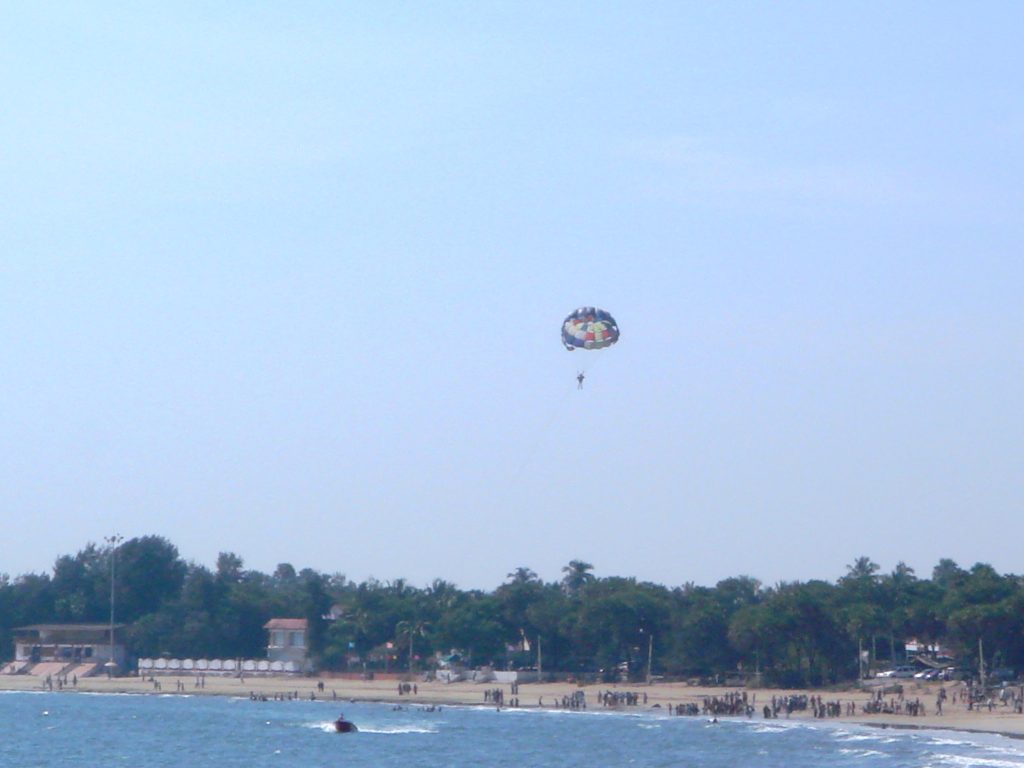
On the clean sands of Nagoa beach we indulge in building sandcastles as holidaymakers around us relax, swim, sail or enjoy the water sports: water scooters, speedboats, parasailing, surfing and water skiing.
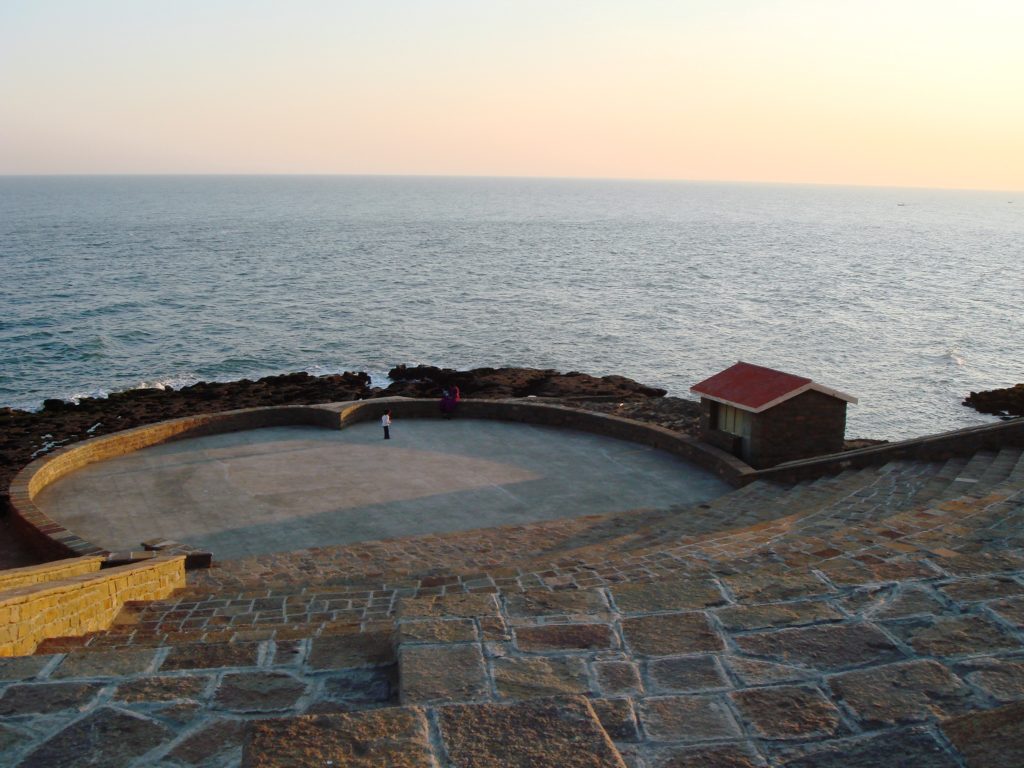
It is 16 years since I last saw the sun drop into the Arabian Sea, so we drive early to Sunset Point, where a lone man with a bamboo basket is selling spicy chickpeas drizzled with fresh lime. The only sounds penetrating the stillness are those of the waves and the wind. It comes as a welcome relief not to be swarmed by people and hassled by hawkers. We lie on the rocks, watching the vast expanse of the sea embrace the sun as the last fishing boats return.

While Diu doesn’t have the grandeur of Goa’s churches and convents, glimpses of the 430-year Portuguese colonisation of the coast are visible in the gothic Iberian architecture of the buildings.
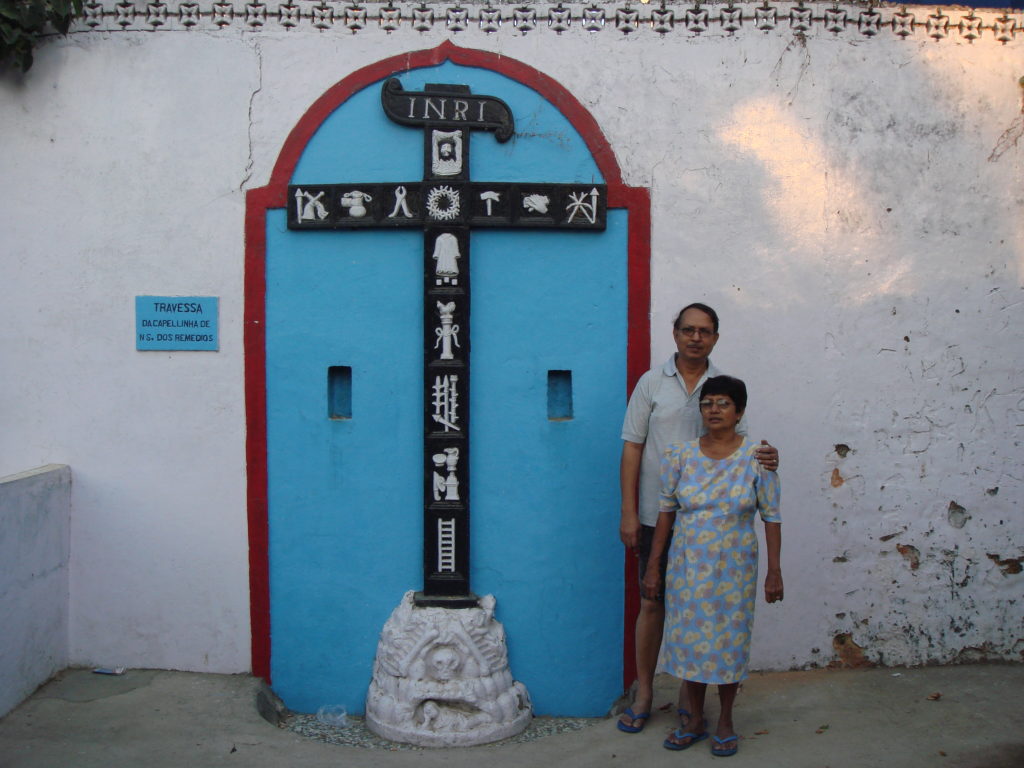
As we make our way on foot through the narrow winding streets, the charm of Diu unfolds. The 16th-century Church of St Francis of Assisi is still in use but the cloister has been converted into a hospital. St Thomas Church is now a museum.
St Paul’s Church, built in 1691, stands out with treated volutes, shell-like motifs and magnificent wood carving. The church is buzzing with devotees, tourists and schoolchildren. Otherwise, the town, with a population of about 26,000, seems to be in slumber.
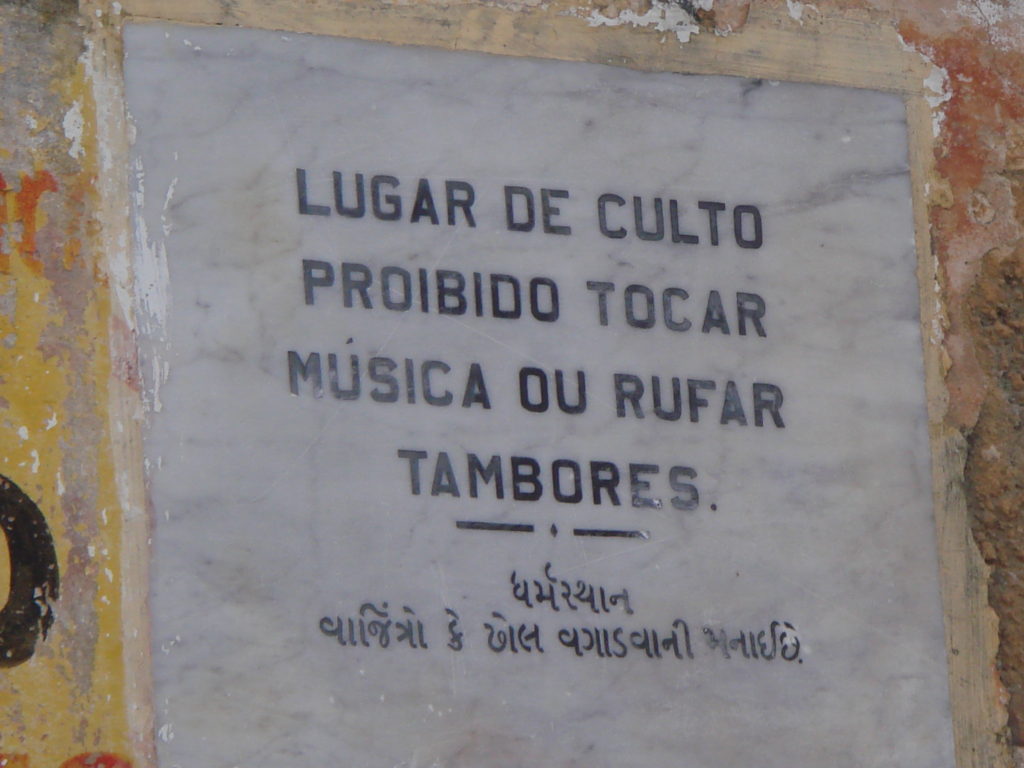
We walk along spotless cobbled streets, past dustbins in many designs and shapes, plaques with Portuguese inscriptions; the imposing fort built in 1535 by the Portuguese governor reminds us of a long-gone era. From the ramparts of the fort we can see Panikotha, a ship-shaped structure on a rock in the sea that, legend says, was once connected to the land by an underwater tunnel.

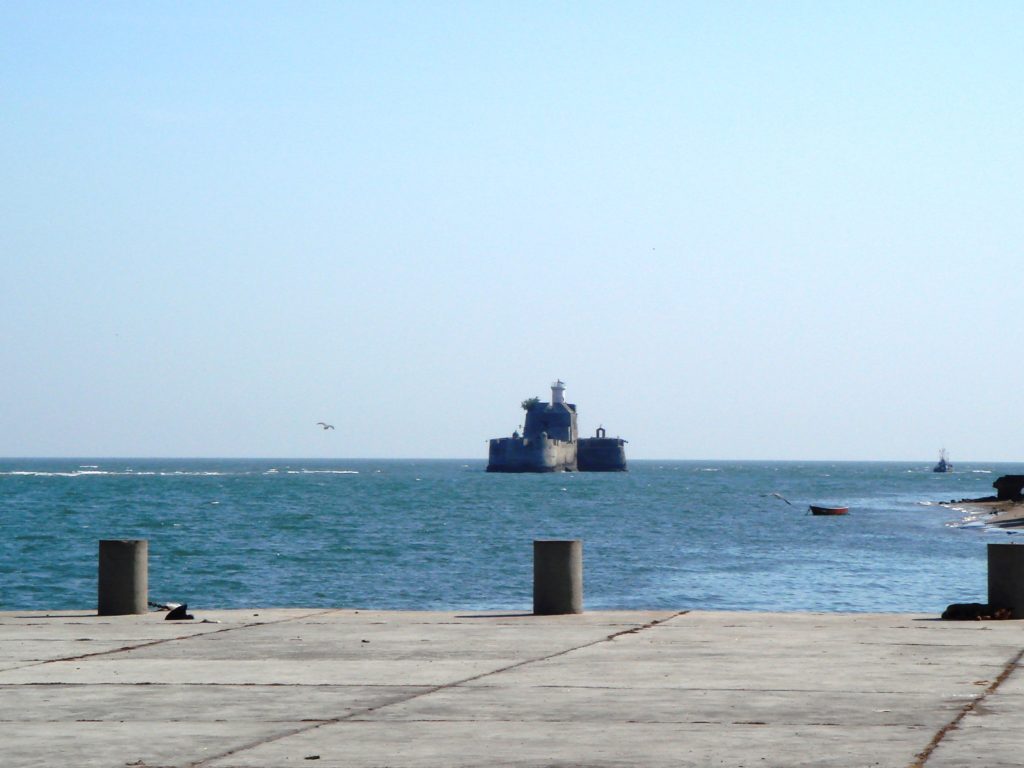
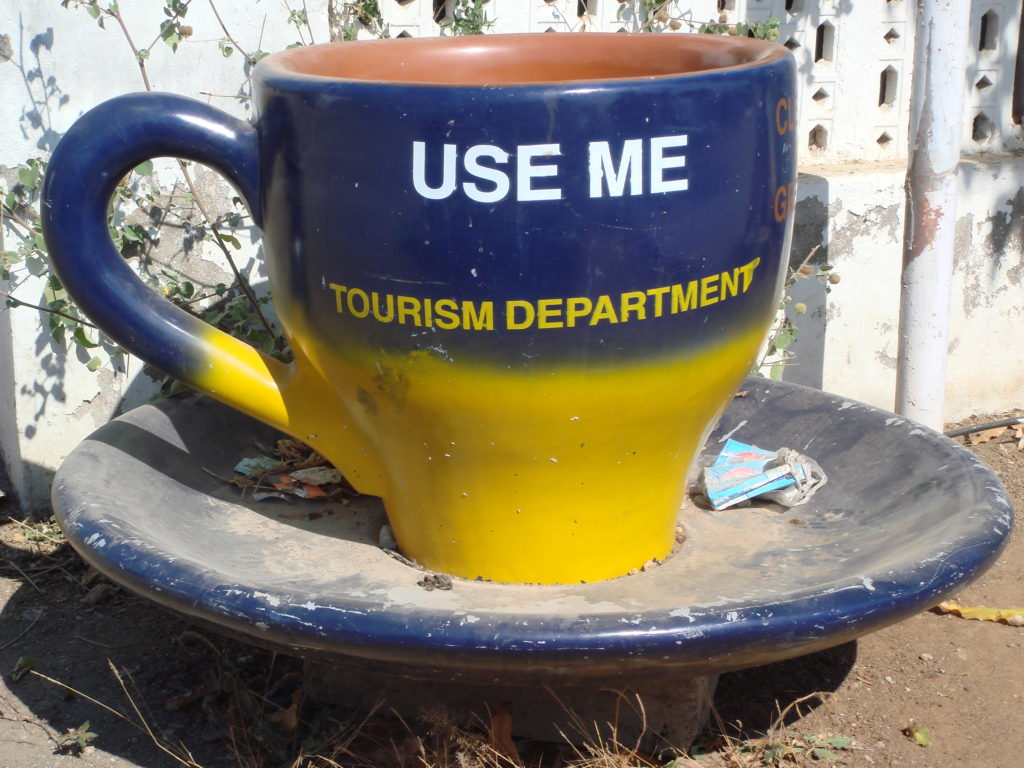
In 2006, more than 300,000 tourists visited the island, which is 980km northwest of Mumbai by road and bridge from the mainland. For those coming from Goa, 590km south of Mumbai, Diu is a breath of fresh air, untainted by the trappings of tourism.
There are 37 hotels and guesthouses with three, including Radhika, offering three-star facilities. As a group of English tourists sipping chai at Apana’s Foodland on the seashore tell us, “This restaurant offers variety, views and value for money.” Next door is the 47-room Apana hotel, popular with domestic and international tourists.
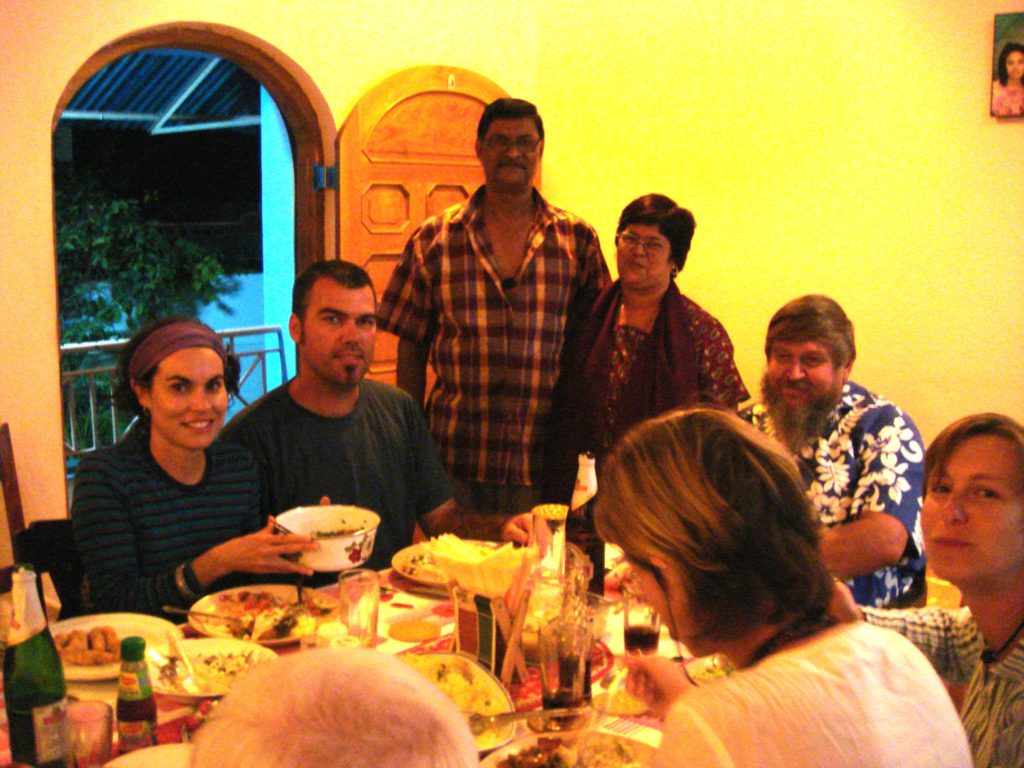
But for authentic Portuguese and Goan cuisine, we are told the place to be is Heranca Goesa, a restaurant near the museum, run by Francisco da Cruz and Alina Gomes D’mello. Francisco has a passion for food and opens his home for breakfast and dinner for a maximum of 18 guests. Good value is putting it mildly: a banquet of eight to nine dishes costs about $5 per head.
On our last night in this surprising oasis, I want to savour every moment of peace. The glow of a full moon lights my path on the sand, my thoughts wander to the charming chaos of cities that awaits us on the mainland. Rejuvenated, I feel ready to step back into the kaleidoscope that is India.
Checklist
The main season is September to May. Cycling is a good way to get around or hire a moped for about $5 a day, plus fuel.
www.radhikaresort.com
www.diutourism.com
ramworldtravels.com
© Copyright Neena Bhandari. All rights reserved. Republication, copying or using information from neenabhandari.com content is expressly prohibited without the permission of the writer and the media outlet syndicating or publishing the article.

